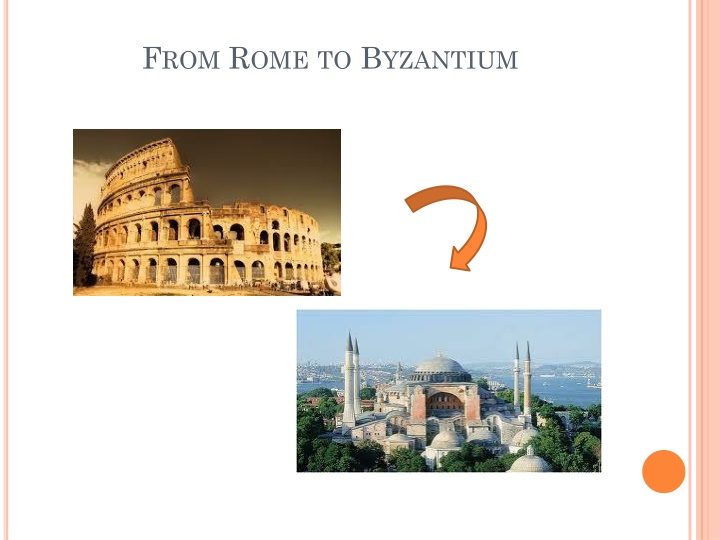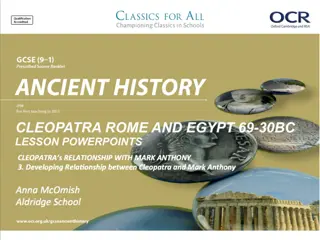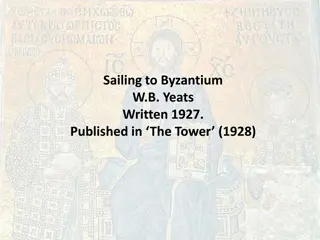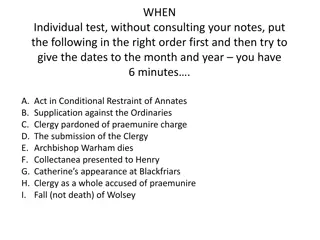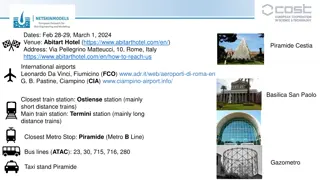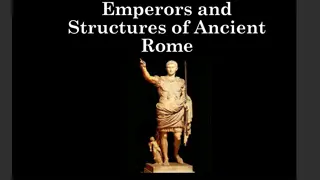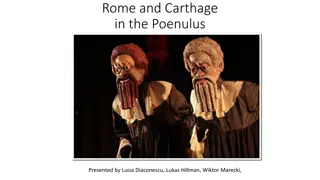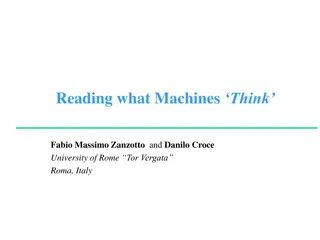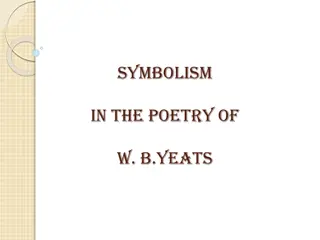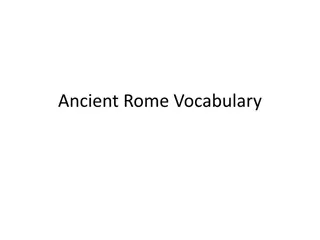FROM ROME TO BYZANTIUM
Embark on a historical adventure as you traverse from Rome to Byzantium. Explore the ancient wonders, culture, and tales that connect these two iconic cities. Unravel the mysteries of the past and witness the evolution of civilizations through this captivating journey.
Download Presentation

Please find below an Image/Link to download the presentation.
The content on the website is provided AS IS for your information and personal use only. It may not be sold, licensed, or shared on other websites without obtaining consent from the author.If you encounter any issues during the download, it is possible that the publisher has removed the file from their server.
You are allowed to download the files provided on this website for personal or commercial use, subject to the condition that they are used lawfully. All files are the property of their respective owners.
The content on the website is provided AS IS for your information and personal use only. It may not be sold, licensed, or shared on other websites without obtaining consent from the author.
E N D
Presentation Transcript
GREECE & ROME 168 BC Battle of Pydna ( Macedonia becomes a Roman prefecture) 146 BC Battle of Lefkopetra ( The whole Greece is conquered by the Romans) 133 BC The Kingdom of Pergamum last Greek Hellenistic kingdom - is devised to the Roman Empire by Attalus the 3rdby his testament Greece becomes a part of Imperium Romanorum
ROMAN OR BYZANTINE EMPIRE? The term Byzantine Empire was NEVER used by the Byzantines . Hieronymus Wolf used the term for the 1sttime in 1562 AD. Byzantium was actually the state which continued the Roman Empire. The most powerful leaders in the eastern or the western part of the Empire claimed for themselves the title King of the Roman Empire . The basic structure and functions of the Byzantine Empire were based on those of its Roman ancestor.
THE BEGINNING OF BYZANTINE HISTORIC PERIOD o 293 AD Diocletian divided the Roman Empire in two and then (301 AD) into four administrative areas, governed by two Caesars and two Augusts ( tetrarchy ). o 312 AD Constantine (the Great) became August of Western Roman Empire o 324 AD Constantine became the only leader of Roman Empire Byzantine historic period begins
THE NEW ROME 330 AD The capital of Roman Empire was transferred from Rome to Byzantium and a new city was built there: Constantinople (= the city of Constantine) The new capital city was: o closer to the eastern borders of the Empire, where then there were dangerous enemies o located on a very significant geographical point o not related to the former persecutions against the Christians
THE NEW PROFILE The profile of the new Empire was based on the following elements: o Roman political tradition (law, administration, etc.) o Christian faith (gradually becoming stronger) o Greek culture (philosophy, art, science, etc.)
INCREASE OF CHRISTIAN & GREEK INFLUENCE Christian religion was no more persecuted (since 313 AD) and became the official religion of the Empire by Theodosius the Great in 381 AD. Latin was the official language of the Empire, but Greek was the language of the educated and the Church and was spoken by the inhabitants of the whole eastern Empire ( Koine ). Some official documents were also written in Greek since the 4thcentury AD (although Latin was still the official language) and the use of Greek language finally became official in the end of the 6thcentury AD.
EASTERN & WESTERN EMPIRE 395 AD Division of Empire in Eastern (Arcadius) & Western (Onorius) part Limitation of Eastern Empire to an area with strong Greek and Christian character
WESTERN ROMAN EMPIRE 4thcentury AD Emigration of the Huns to the West Immigration of German tribes westwards 476 AD End of Western Roman Empire, because of its conquest by Goths Division into many different states, inhabited by German tribes
THE JUSTINIAN AGE (6THCENTURY AD) Achievement of reconquista (= re- conquest) Byzantine Empire regains almost all its lost western and eastern regions
JUSTINIAN AGE (6THCENTURY AD) Systematic codification of laws (Corpus Iuris Civilis), which became the basis of later European law- systems For the first time, laws written from the beginning in Greek language ( Neares ) Serious attempt to confront the feudalists ( dynatoi )
AGIA SOFIA S CHURCH 532-537 AD Building of Agia Sofia s basilica by Anthemios & Isidoros in Constantinople
